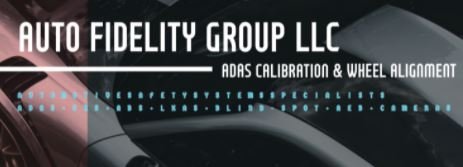First, The basics
procedure, or do you just throw darts on a wall, or play
“pick-a-part” and hope you fix it before you or the customer
runs out of cash. I hope you don’t do that. That might work
some of the time, but it’s not a good way to get to the source
of problems quickly or accurately.
2003 F450 with a 7.3 diesel for me to look at. It’s one of
their service trucks that died on the highway.
These guys are super, I’ve known them for years, and they’ve got a great reputation and excellent work force. In fact, I buy all my tires there, and they do all my alignments. They try to fix their own trucks “in-house” and sometimes, well……the repair/diagnostics are a little out of their comfort zone. This was one of those times.
“Can you program a PCM on a F450?” the shop asked.
“No, sorry I don’t do those, but I know who does. I’ll call him and see if he can come over and do that for you,” I told them.
Tracing the wiring diagram thru its maze it led back to the in-car fuse box on fuse #22. I grabbed my test light and checked the fuse… (Rolling my eyes about now) the fuse,… oh man… the fuse is blown. Good grief… all this for a blown fuse.
The guys at the tire store were extremely grateful that I got the job done, so they could use the truck again. For me, it’s another day at the shop. I’ve got nothing but good things to say about the guys at the tire shop. Hey they tried, I’ll give them that.
But one thing I wish they would do next time --- CHECK THE BASICS—BEFORE BUYING PARTS! It’s cheaper that way…












Recommended Comments
Create an account or sign in to comment
You need to be a member in order to leave a comment
Create an account
Sign up for a new account in our community. It's easy!
Register a new accountSign in
Already have an account? Sign in here.
Sign In Now